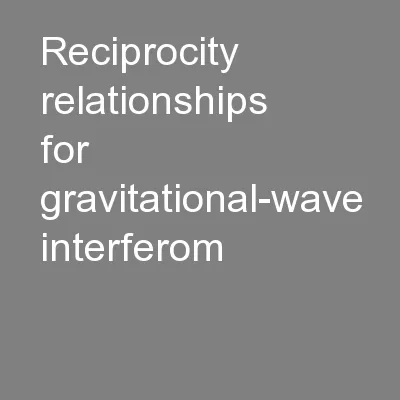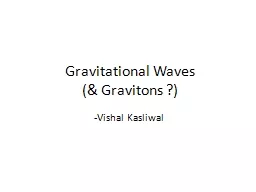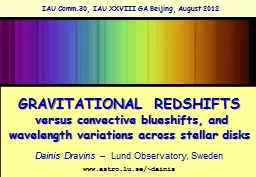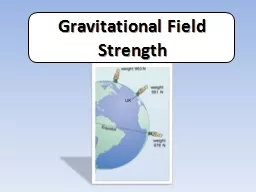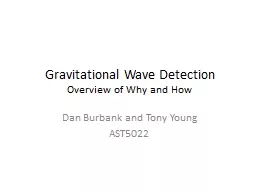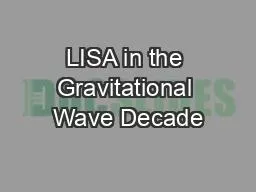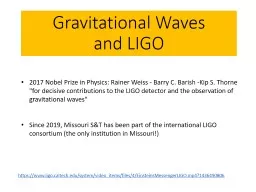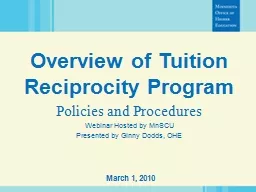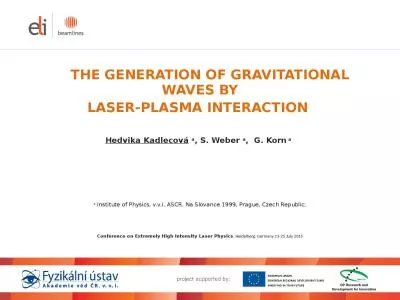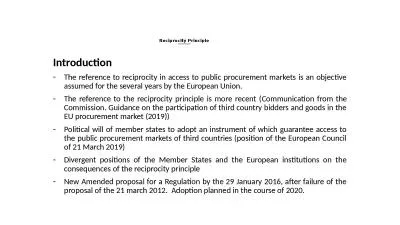PPT-Reciprocity relationships for gravitational-wave interferom
Author : min-jolicoeur | Published Date : 2016-04-02
Yuri Levin Monash University 1 Example creep noise 2 Formalism 3 Creep noise again 4 Thermal deformations of mirrors 5 Thermal noise 6 Opto mechanical displacements
Presentation Embed Code
Download Presentation
Download Presentation The PPT/PDF document "Reciprocity relationships for gravitatio..." is the property of its rightful owner. Permission is granted to download and print the materials on this website for personal, non-commercial use only, and to display it on your personal computer provided you do not modify the materials and that you retain all copyright notices contained in the materials. By downloading content from our website, you accept the terms of this agreement.
Reciprocity relationships for gravitational-wave interferom: Transcript
Download Rules Of Document
"Reciprocity relationships for gravitational-wave interferom"The content belongs to its owner. You may download and print it for personal use, without modification, and keep all copyright notices. By downloading, you agree to these terms.
Related Documents

